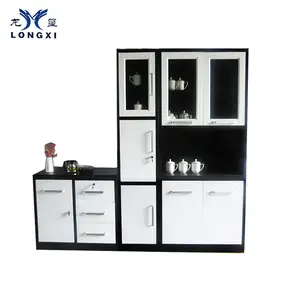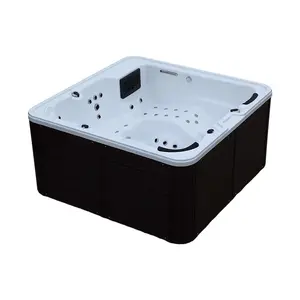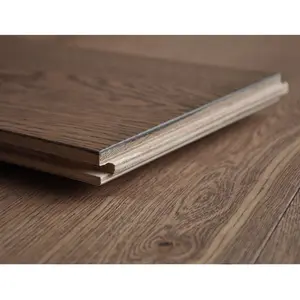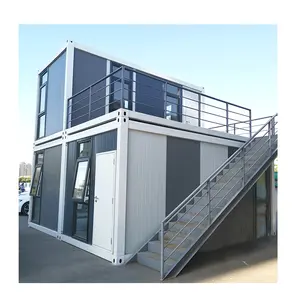Popular in your industry























































































































































































































Top categories
About roof battens
Roof battens are horizontal strips or boards that are fixed to the roof structure, typically running parallel to the roof slope. They are used to provide support and stability for various roofing materials, such as tiles, shingles, or metal sheets. Roof battens play a crucial role in the construction and installation of roofs, ensuring proper alignment, ventilation, and weatherproofing.
Types of roof battens
Wooden roof battens: Wooden roof battens are commonly used in roofing applications. They are typically made from treated lumber or hardwoods such as cedar or redwood. Wood battens provide strength, durability, and a natural aesthetic appeal to the roof. They are suitable for various roofing materials, including tiles, shingles, and metal sheets.
Metal roof battens: Metal battens, such as aluminum or steel, offer excellent durability and resistance to weather elements. They are lightweight, corrosion-resistant, and can withstand high winds and extreme temperatures. Metal battens are often used in commercial or industrial roofing applications.
Plastic roof battens: Plastic battens, usually made from PVC or composite materials, are lightweight, durable, and resistant to rot and decay. They are easy to install and provide good insulation properties. Plastic roof battens are commonly used in residential roofing projects and are compatible with various roofing materials.
Tile roof battens: Tile battens, also known as lath battens, are specifically designed for supporting roof tiles. They are typically made from wood or metal and have a specific shape and profile to accommodate the interlocking of tiles. Tile battens ensure proper alignment and spacing of roof tiles, creating a visually appealing and secure roof.
Uses of roof battens
Firstly, the primary use of roof battens is to provide a stable and secure base for the installation of roofing materials. They ensure proper alignment, spacing, and attachment of tiles, shingles, or metal sheets, resulting in a well-constructed and visually appealing roof. Secondly, roof battens play a crucial role in roof ventilation. They create an air gap between the roofing material and the roof structure, allowing for the circulation of air. The ventilation helps to prevent moisture buildup, condensation, and heat retention, promoting a healthier and more energy-efficient roof. In addition, roof battens facilitate easier access for roof maintenance and repairs. They provide a stable surface for walking and working on the roof, making inspections, cleaning, and repairs safer and more convenient. Finally, roof battens contribute to the overall stability and strength of the roof structure. They help to distribute the weight of the roofing materials evenly, reducing the risk of sagging or structural damage. Roof battens enhance the structural integrity of the roof, ensuring its long-term stability.














































